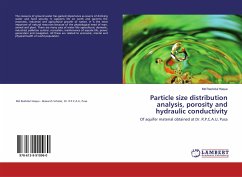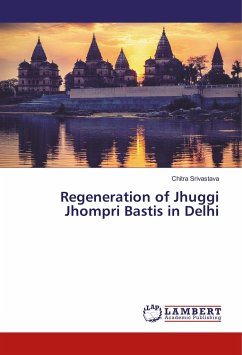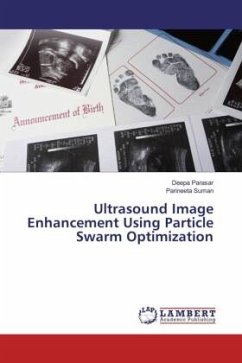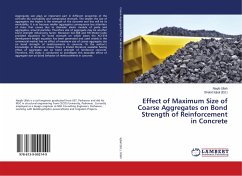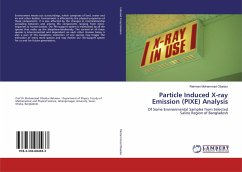
Aerosol Pollution and Particle Size Distribution over Delhi
A remote sensing approach
Versandkostenfrei!
Versandfertig in 6-10 Tagen
32,99 €
inkl. MwSt.

PAYBACK Punkte
16 °P sammeln!
A study of aerosol optical depth (AOD) using MICROTOP-II Sunphotometer has been carried out at three different places over Delhi (tropical semi-arid climate) viz. Jawaharlal Nehru University (JNU), Mukherjee Nagar (MN) and Patel Nagar (PN). Results show a systematic spectral dependence of AOD according to classical Mie scattering theory. To characterize AOD, Angstrom parameters and have been analyzed and results show an inverse relationship between them over all the sites. Aerosol size distribution has been determined from AOD measurements using King et al. (1978) inversion algorithm. Daily me...
A study of aerosol optical depth (AOD) using MICROTOP-II Sunphotometer has been carried out at three different places over Delhi (tropical semi-arid climate) viz. Jawaharlal Nehru University (JNU), Mukherjee Nagar (MN) and Patel Nagar (PN). Results show a systematic spectral dependence of AOD according to classical Mie scattering theory. To characterize AOD, Angstrom parameters and have been analyzed and results show an inverse relationship between them over all the sites. Aerosol size distribution has been determined from AOD measurements using King et al. (1978) inversion algorithm. Daily mean columnar aerosol size distribution shows power law size distribution i.e. Junge size distribution. Diurnal variations of AOD and that have been studied over JNU only indicate vehicular emissions as a main source of aerosol loading. The Coarse Mode Fraction (CMF) and Fine Mode Fraction (FMF) results of all the sites show the dominance of fine aerosol particles further strengthening the result that vehicular emissions are the major source of air pollution over Delhi.



